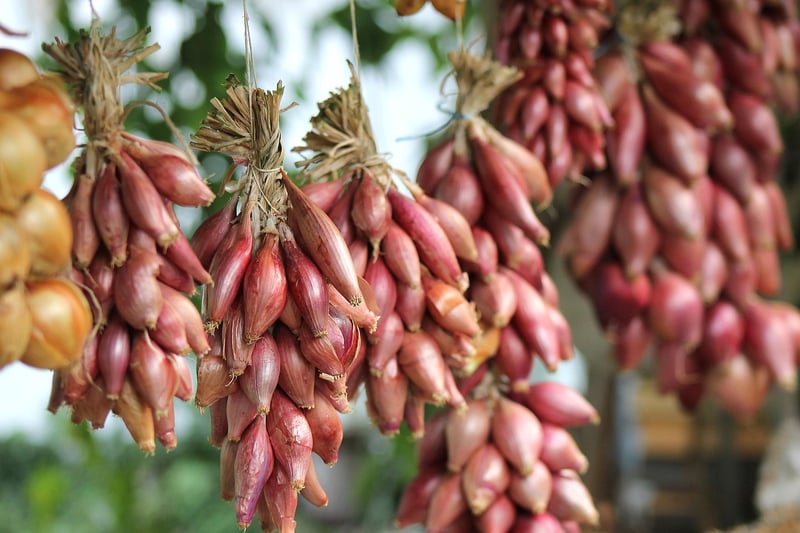Community Gardens
#Urban Agriculture
#Sustainable Living
#Food Security
Maximizing Yield in Limited Urban Areas with Community Gardens
Urban areas often face the challenge of limited space for traditional gardens. However, community gardens offer a solution by maximizing yield in these confined spaces. By coming together as a community, individuals can cultivate shared plots, promote sustainability, and foster a sense of belonging.
The Benefits of Community Gardens:
- Optimal Space Utilization: Community gardens make efficient use of limited urban space by growing crops in shared plots.
- Increased Yield: By pooling resources and knowledge, community gardeners can achieve higher yields than individual efforts.
- Environmental Impact: These gardens promote biodiversity, reduce food miles, and contribute to a greener urban environment.
- Healthy Community: Gardening is not only physically beneficial but also enhances mental well-being through social interactions and a sense of accomplishment.
Tips for Maximizing Yield in Community Gardens:
- Companion Planting: Pairing compatible plants can promote growth and deter pests naturally.
- Vertical Gardening: Utilize vertical space with trellises or hanging planters to grow vining crops like tomatoes and beans.
- Season Extension: Use row covers or cold frames to prolong the growing season and protect delicate plants.
- Water Conservation: Implement drip irrigation systems or rain barrels to efficiently water plants and reduce waste.
Join a Community Garden Today!
If you're interested in participating in a community garden, reach out to local organizations, schools, or municipal authorities to find one near you. Get involved, connect with fellow gardeners, and contribute to a sustainable and vibrant urban community!

Start your journey towards sustainable urban gardening today with a community garden!
References: American Community Gardening Association
